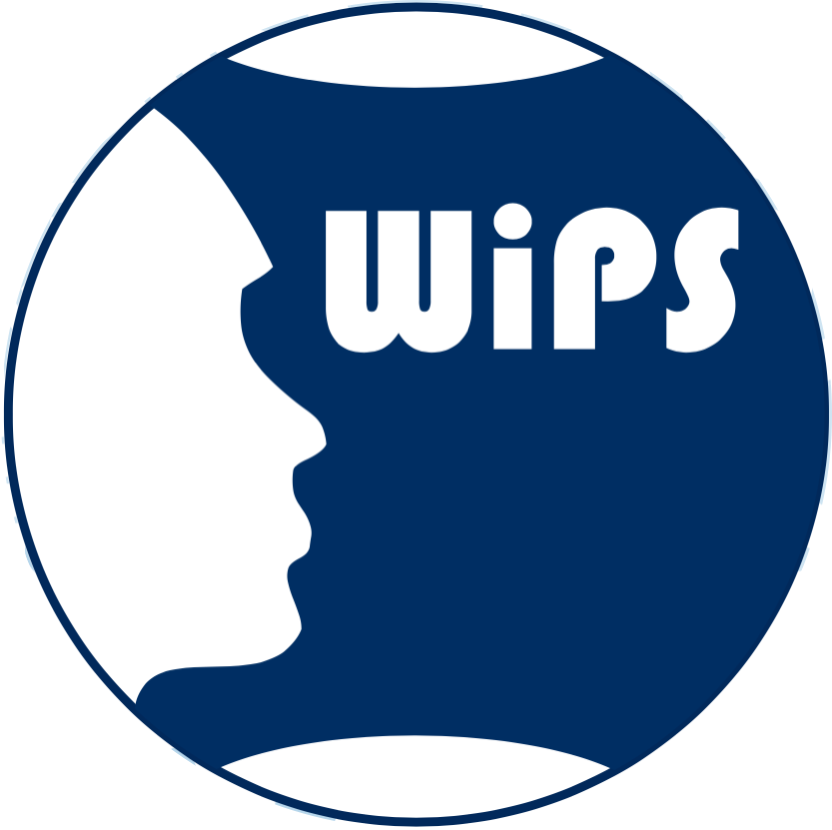Tammy Russell
Scripps Institution of Oceanography (USA)

Tammy stands in front of a chinstrap penguin colony on the Antarctic Peninsula. A walking stick, binoculars and other gear are attached to her backpack.
What’s the work that you do?
My Antarctic research focuses on the foraging ecology and microplastic pollution exposure in all three species of brush-tailed penguin. I am the principal investigator on the Penguano Project, a collaborative effort between Scripps Oceanography, Birch Aquarium, and NOAA’s Antarctic Ecosystem Research Division that works to understand microplastic ingestion in brush-tailed penguins and how microplastics exposure is influenced by penguin diets.
What keeps you going?
I’ve been drawn to seabirds since I was a child, and now as a marine ornithologist, I get to think about and work on research on seabirds everyday; it is a dream come true! Seabirds are one of the most threatened groups of birds in the world, facing threats at sea, on land, and in the air. This is my motivation for my research, and inspires me to further understand the impacts of climate change and plastic pollution on these organisms I care about so much.
What’s your message to the world?
Antarctica is typically thought of as a frontier; a pristine habitat untouched by human existence… but that is no longer the case. Having seen this first hand will stay with me the rest of my life. We all must take action to reduce anthropogenic warming and plastic pollution run-off now! From individual actions, to coming together to solve problems, to influencing businesses and governments with our voting power, we can all have a positive impact.
Organisation: Scripps Institution of Oceanography (USA)
Nationality:
United States of America
Disciplines:
